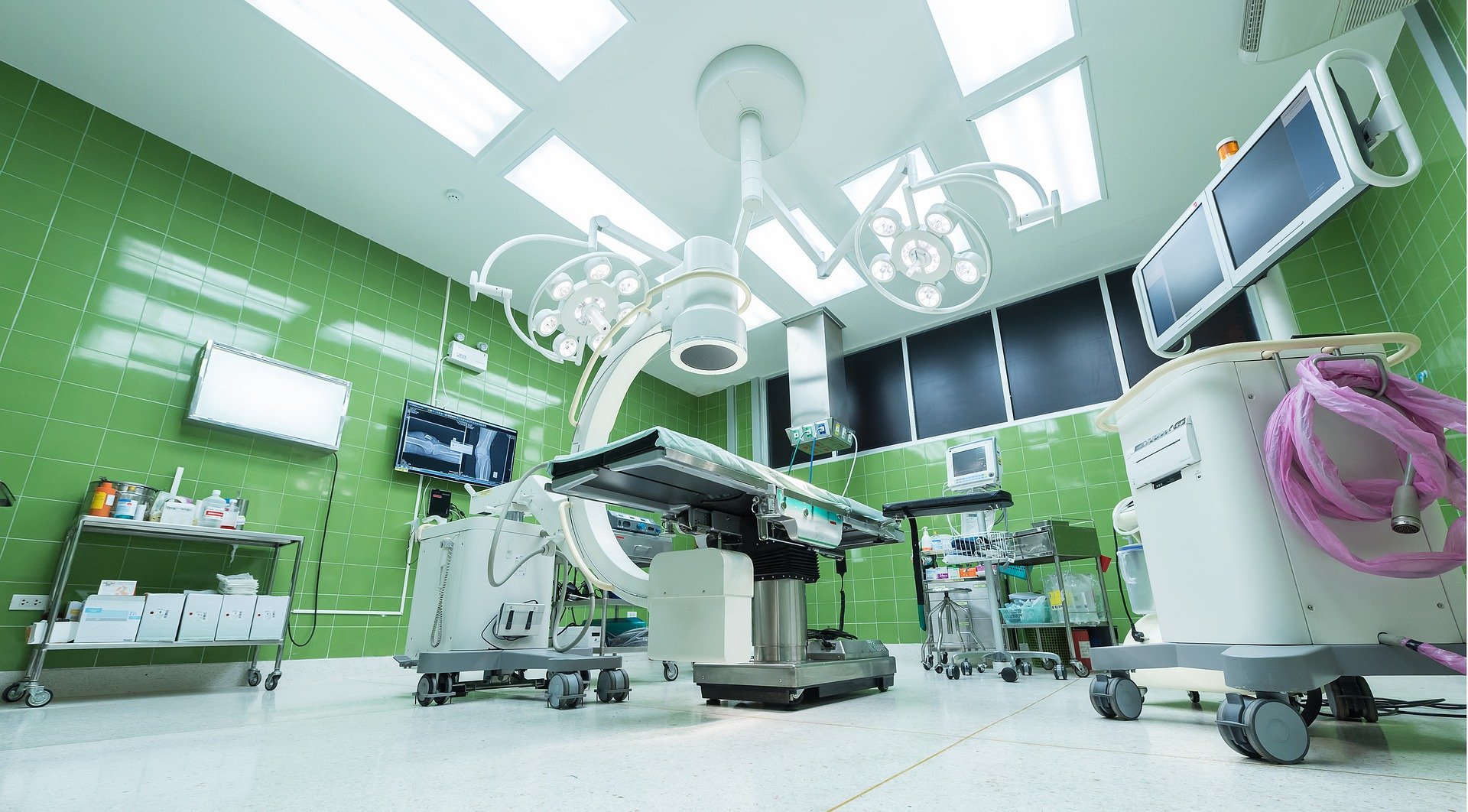Ditch the lead aprons: FDA approves J&J afib catheters for use without X-ray fluoroscopy
04 Aug 2023
Radiation Therapy

Preview
Source: FierceBiotech
Fluoroscopy can not only result in high radiation doses, but it can also bring long-term pain to clinicians in the cath lab due to the need to wear heavy lead aprons.
Johnson & Johnson MedTech has secured a broad approval from the FDA enabling several of its atrial fibrillation treatments to be used without real-time X-ray fluoroscopy.
The company’s Biosense Webster division said that many of its cardiac ablation catheters can now be guided into the heart using ultrasound—an alternative that would avoid exposing patients and providers to ionizing radiation.
The approval covers Biosense Webster’s Thermocool Smarttouch radiofrequency ablation catheters plus the Carto Vizigo guiding sheath, as well as the PentaRay Nav Eco, DecaNav and Webster CS diagnostic devices for mapping out heart tissue and arrhythmias.
According to J&J, the FDA’s approval for a “zero fluoroscopy” workflow marks not just a first for afib treatments, but also for the real-world evidence the company used to obtain the green light.
The change in the devices’ labels was based on an observational, prospective registry first launched in 2019. It tracked real-world catheter ablation outcomes among patients with afib, including procedural efficiency, safety and long-term effectiveness.
“Our novel approach to evidence generation, utilizing real-world evidence from the REAL AF Registry, has helped us secure regulatory approval for our fluoroscopy alternative workflow, and I’m looking forward to utilizing this approach in the future to lower study costs and achieve faster regulatory milestones,” Anthony Hong, J&J’s vice president for cardiovascular preclinical and clinical research, said in a statement.
Fluoroscopy imaging can not only result in high radiation doses and an increase in lifetime cancer risks—with X-rays in continuous use during lengthy procedures, monitoring catheters as they slowly navigate through the body’s blood vessels—but it can also bring long-term muscle and skeletal pain to clinicians in the cath lab, due to the need to wear heavy lead aprons and other radiation protection equipment.
To that point, multiple companies have previously worked to develop small robotic systems that allow surgeons to place needles or catheters from outside the room, sparing them from extra exposure.
For more details,please visit the original website
The content of the article does not represent any opinions of Synapse and its affiliated companies. If there is any copyright infringement or error, please contact us, and we will deal with it within 24 hours.
Indications
Targets
-Drugs
-Chat with Hiro
Hot reports
Get started for free today!
Accelerate Strategic R&D decision making with Synapse, PatSnap’s AI-powered Connected Innovation Intelligence Platform Built for Life Sciences Professionals.
Start your data trial now!
Synapse data is also accessible to external entities via APIs or data packages. Empower better decisions with the latest in pharmaceutical intelligence.





